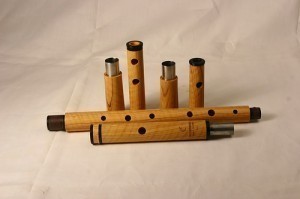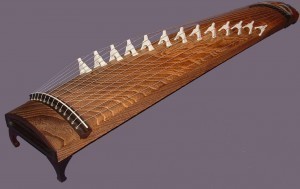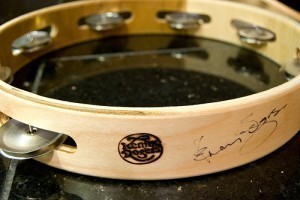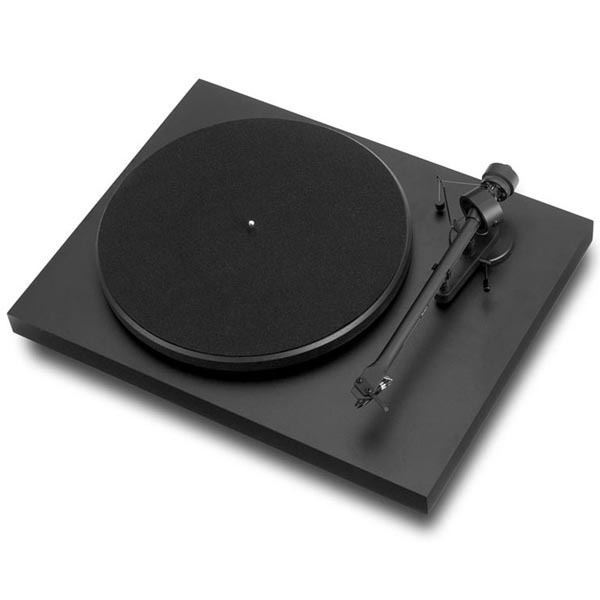Size of a Flute
The standard flute size is about 27 inches long, although some instruments today are a bit longer or shorter. It is considered as one of the oldest musical instruments in the world.
Definition
The word flute refers to both the single instrument and also to a family of instruments. It is part of the woodwind group. Of all the non-reed woodwind instruments, only this instrument is used in the orchestra. All the others are single reeds such as the clarinet. There are also double seeds like the bassoon and oboe found in the orchestra.
Arrangement
These instruments are arranged from the lowest to the highest pitch. All of these have numerous octave ranges. The sounding pitches differ even though they are set on the same staff. The bass flute is the lowest.
The sound is an octave lower than what is written. The alto in G is a fourth lower than written. The “concert” is non-tranposing. Flute in Eb has a sound a minor third high. The piccolo is an octave higher like the other types mentioned earlier.
Related Musical Devices
Apart from various flute sizes, other instruments are related to it. The “blown” category includes the pennywhistle, flageolet, the Native American flute and fipple. The fife and the ocarina are also included in this group.
The fife is often used with drums for military parades. The pan flutes are made up of several pipes utilized for altering the pitch. This is different from the types that use keys or holes.
Usage
The instrument is used in bands and orchestra. In both cases, one of the musicians who uses the instrument doubles on the piccolo. The flute is also a part of the woodwind quintet, woodwind ensemble and wind ensemble.
Here, the instrument is used with the French horn, bassoon, oboe and clarinet. The instrument is also found in woodwind trios and quartets. However, they are not fixed in these arrangements.
History
There is sufficient evidence to show the instrument was already in use since the 9th century BC. The most fundamental design is a tube shape with an embouchure opening. This is where the person blows. The finger holes are utilized to manage the pitch.
Along with the diverse flute sizes, the modern shape was created in 1830 by Theobald Boehm. His invention is noteworthy for the fingering system that was put in place. Most of the modern instruments are made from metal.





